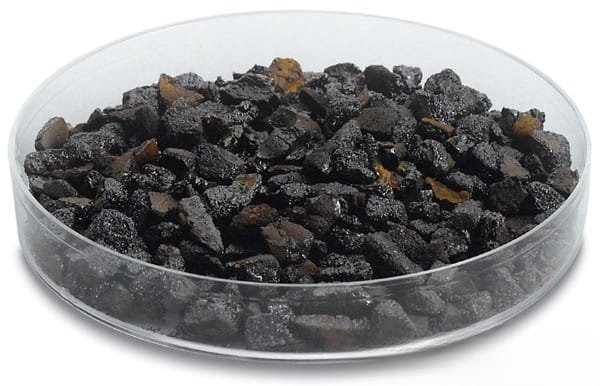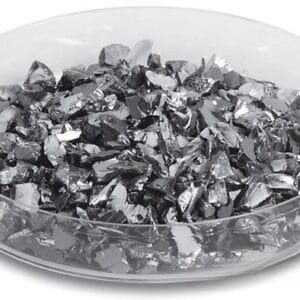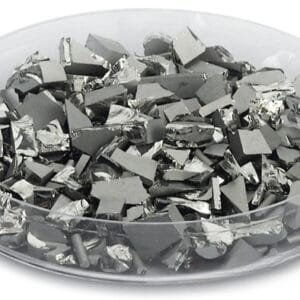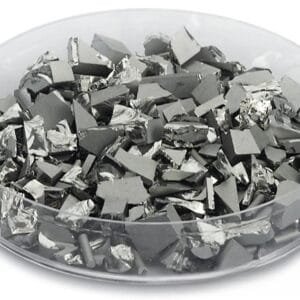Tantalum Telluride Evaporation Materials Overview
Tantalum telluride evaporation materials, identified by the chemical formula TaTe2, are crucial in various deposition processes. TFM specializes in crafting these materials with exceptional purity levels, reaching up to 99.9995%. Our stringent quality assurance procedures ensure that our tantalum telluride materials contribute to the production of high-quality films.
Tantalum Telluride Evaporation Materials Specifications
- Material Type: Tantalum Telluride
- Chemical Symbol: TaTe2
- Appearance: Crystalline solid
- Density: 9.4 g/cm³
- Purity: 99.9% – 99.999%
- Form: Powder/Granule/Custom-made
Applications of Tantalum Telluride Evaporation Materials
Our tantalum telluride evaporation materials are utilized in a variety of deposition techniques, including:
- Semiconductor Deposition
- Chemical Vapor Deposition (CVD)
- Physical Vapor Deposition (PVD)
These materials are ideal for applications in optics, such as wear protection, decorative coatings, and display technologies.
Packaging and Quality Assurance
To maintain the highest quality, our tantalum telluride evaporation materials are securely packaged in plastic vacuum bags. This packaging protects the materials from damage and preserves their quality during storage and transportation. Each shipment also includes a Certificate of Analysis (COA) to confirm the purity and reliability of the product.
Contact Us
TFM is committed to delivering premium tantalum telluride evaporation materials for various applications, from semiconductors to optical coatings. Our expertise in engineering, manufacturing, and analysis ensures we provide top-quality products. For inquiries or quotes, please get in touch with us today.


 MSDS File
MSDS File



Reviews
There are no reviews yet.